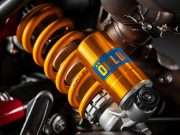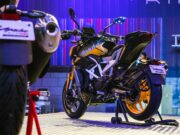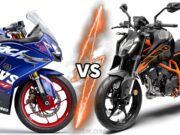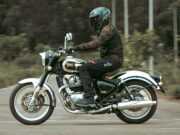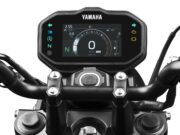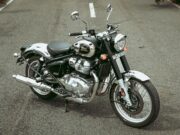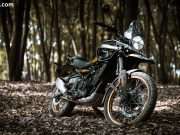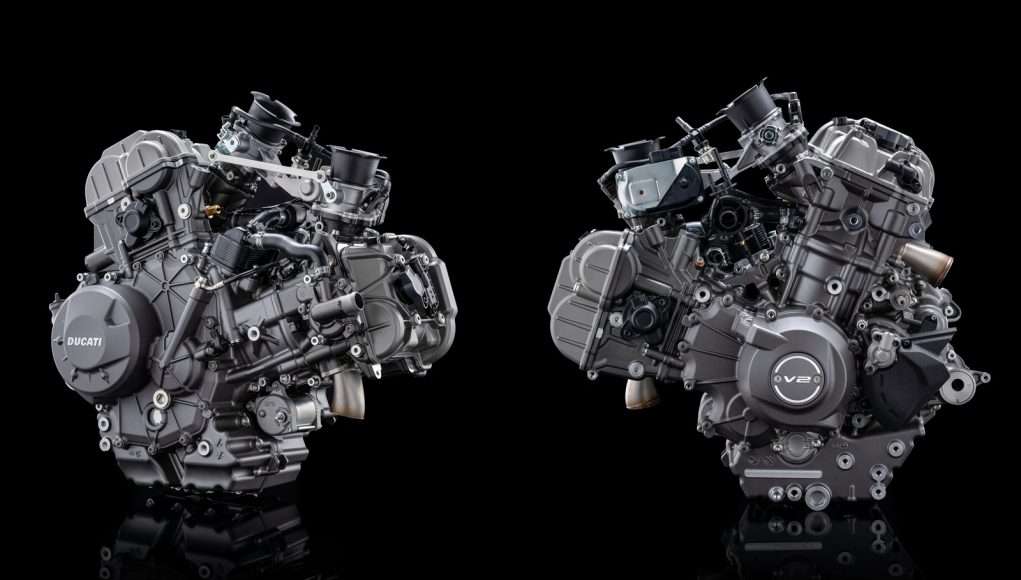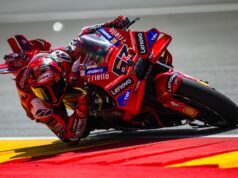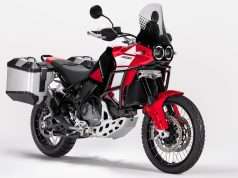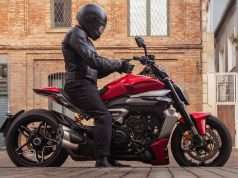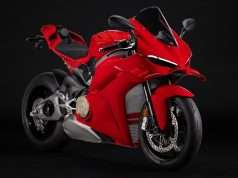Ducati remains committed to its iconic 90° V-twin engine, an enduring design that has powered some of the brand’s most celebrated motorcycles and achieved over 400 victories and 1000 podiums in production-based racing championships. With the launch of the new V2 engine, Ducati extends this legacy, introducing its lightest twin-cylinder yet, building on the rich heritage that began with the Pantah and continued through engines like the Desmodue, Desmoquattro, Testastretta, and Superquadro. The V2 is designed to maximize riding enjoyment, with a torque-rich power delivery throughout the rev range and sportbike-level performance at high RPMs.
This launch marks another step in Ducati’s continuous innovation, introducing four entirely new engines over the past seven years, from the Desmosedici Stradale to the Superquadro Mono, V4 Granturismo, and now the new V2. Each engine incorporates technical solutions tailored to its intended performance role, reflecting Ducati’s focus on advancing technology and rider experience.
The new V2 twin-cylinder, Euro5+ compliant and with an 890 cc displacement, features the IVT (Intake Variable Timing) system, aluminum liners, and a remarkably low weight of just 54.4 kg. This makes it one of the lightest engines in Ducati’s lineup, with a weight reduction of 9.4 kg compared to the Superquadro 955. Its spring valve timing system, introduced with the V4 Granturismo and included here, provides smooth low-RPM performance and extended maintenance intervals, with valve clearance checks required only every 30,000 km—a reference in its class.
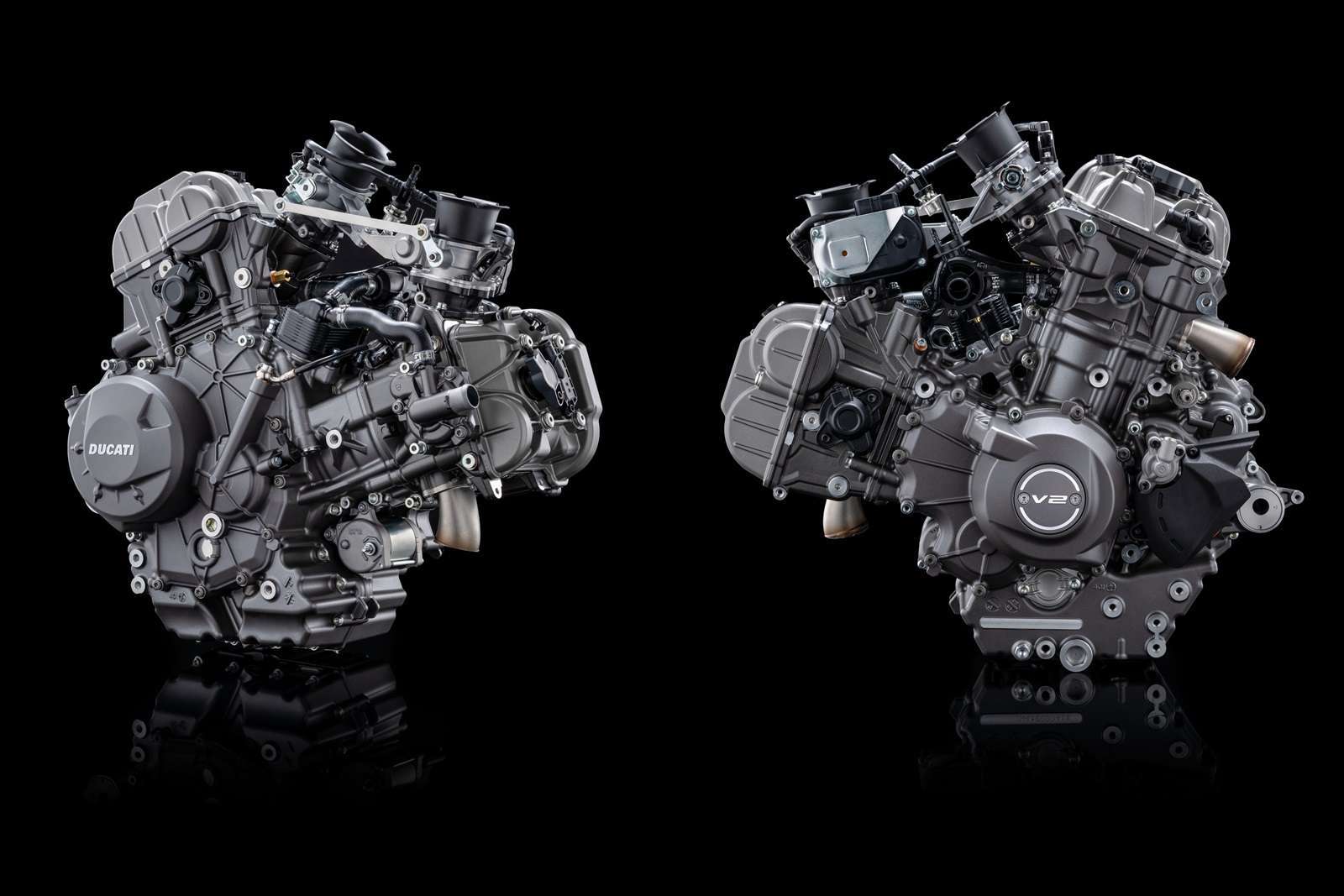
The V2’s 90° layout gives the engine a compact, balanced design, creating a powerful personality in sound and power delivery that aligns with Ducati’s brand identity. This configuration also naturally balances the first-order forces, reducing the need for a countershaft to mitigate vibrations, thereby enhancing riding pleasure. Additionally, the backward rotation of the cylinders optimizes weight distribution for a better handling experience.
This versatile engine adapts seamlessly across Ducati’s model range, with two configurations offering 120 hp or 115 hp at 10,750 rpm, respectively, to suit different riding styles. Its bore and stroke measurements of 96 x 61.5 mm give a bore/stroke ratio that allows for high power output alongside a favorable torque curve for road use. Maximum torque reaches 93.3 Nm (92.1 Nm at 8,250 rpm), with a high RPM limiter set at 11,350 rpm for fifth and sixth gears.
In its sportier 120 hp version, a track-ready racing exhaust boosts maximum power to 126 hp and torque to 98 Nm, while saving 4.5 kg. The 115 hp variant, on the other hand, includes a stronger alternator to support additional electrical demands and enhanced components, like reinforced connecting rods, for smoother low-RPM operation.
The IVT system continuously adjusts intake valve timing, optimizing torque for a responsive throttle at low revs and sport-grade performance at higher RPMs. More than 70% of maximum torque is available from just 3,000 rpm, and torque remains above 80% between 3,500 and 11,000 rpm, delivering steady power across the rev range. Diamond-Like Carbon (DLC) treatment on the intake valve rockers, a chain-driven distribution system, and chrome-plated valve stems further enhance engine efficiency and durability.
The V2’s 52 mm throttle body, with a ride-by-wire system, enables four Power Modes tailored to various riding conditions. A knock sensor allows the engine to maintain reliability even with lower-quality fuel, making it ideal for international travel.
Additional engineering touches include an intake bypass circuit for improved fuel efficiency, die-cast crankcases with integrated water chambers for optimal cooling, and compact dimensions made possible by a water pump positioned on the front cylinder head. A water/oil heat exchanger inside the V of the cylinders eliminates the need for an oil cooler, reducing size and weight.
The gearbox incorporates the Ducati Quick Shift (DQS) 2.0, which provides a direct feel and easier gear shifts, enhancing the rider’s experience. An 8-disc slipper clutch, derived from the Testastretta 11°, reduces engine braking force for increased stability during deceleration.

